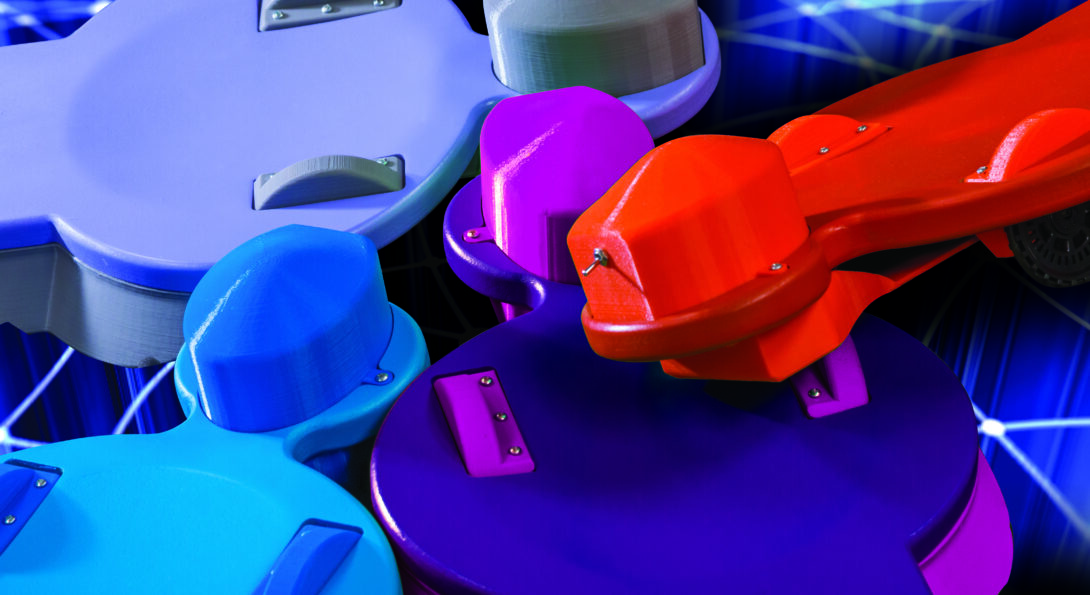Baby steps

Creating the SIPPC
At a conference in 2004, Pidcoe connected with Thubi Kolobe, a professor in the Department of Rehabilitation Sciences at the University of Oklahoma, who worked on identifying infants who were likely to develop cerebral palsy or severe developmental delays. The earlier babies were identified, the sooner treatment could begin.
Unfortunately, treatment options that encouraged movement were limited. Kolobe wanted to tap into Pidcoe’s dual background in engineering and physical therapy to find a more effective way to promote developmentally appropriate movement in these infants.
“I saw these children kicking and swiping their arms, but as they grew older, they were losing these movements and falling behind,” Kolobe says. “I felt like the intervention that would help these babies had to somehow harness their early continuous movement and keep it going so they didn’t lose it.”
Pidcoe, who holds a Ph.D. in bioengineering and a B.S. in physical therapy from UIC, as well as a clinical doctorate in physical therapy from VCU, was the perfect person to collaborate with Kolobe.
Soon after their meeting, Pidcoe began developing a prototype for a motorized skateboard-type platform that would move babies, lying on their stomachs, from point to point. The initial prototype was clunky, but it was still a strong proof of concept.
Pidcoe and Kolobe were able to secure several grants to develop, revise and upgrade the platform using a uniquely designed series of studies. The device was labeled the Self-Initiated Prone Progression Crawler, or SIPPC.
Each study was a chance to refine the product. “On every iteration, and based on data collected from infants, we learned better ways to do this, like making it lower to the ground and reducing motor capacity,” Pidcoe explains.
By 2008, Pidcoe and Kolobe had arrived at the design and shape the SIPPC holds today. It has six different modes of operation depending on a baby’s needs, including mobility, force and gesture (see sidebar).
When the twin in Oklahoma who struggled to crawl was placed on the SIPPC, as she had been for several previous months while participating in research for the device, she “would straighten her arms out like an airplane and bring them back in [over and over again], and finally get to the toy,” Kolobe says.
The sisters—one on the SIPPC and one crawling—would even compete with each other. They were racing to the toy, their mother said. It was a competition she never thought she would see.
“When I saw that, I thought, ‘This is exactly what we want the SIPPC to do. To harness their movement efforts and allow the infants to get to where they want to go,’” Kolobe says. “Mobility in infants is a gateway to learning.”